You’ve probably watched your stuff get ruined by crazy hot summers or freezing winters in a regular storage unit. Climate-controlled storage keeps your things safe from temperature swings and moisture damage that can destroy everything from electronics to family photos.
This guide answers the big question: should you pay extra for a climate-controlled storage unit? You’ll learn which items need protection and whether the extra cost makes sense for your situation.
Key Takeaways
Climate-controlled units keep temperatures between 55°F and 85°F. They maintain humidity around 50-55% using HVAC systems, good insulation, heaters, and dehumidifiers. This protects electronics, wood furniture, wine, documents, photos, appliances, clothes, and fabrics from weather damage.
Mold starts growing on stored items in just 24-48 hours when humidity goes above 65%. Removal costs $10-$25 per square foot. Climate control stops mold growth and pest problems while keeping bad smells away.
Climate-controlled units cost about 15-35% more than regular storage. Prices range from $70 to $710 monthly based on size and location. Houston averages $170 for a 10×10 space (2023 data). NYC costs up to $660 monthly. Building these facilities adds about fifteen percent more per square foot.
Vintage collectibles and electronics can warp or break during wild seasonal changes in places like Texas (hot summers) or Minnesota (freezing winters). Storing valuables longer than three months raises the risk of permanent damage without climate control.
By 2025, most new storage buildings will have all-climate-control designs. These include thermal breaks, six-inch fiberglass insulation (R19), LED lighting, and ionizers instead of open-air vents. These features improve air quality and save energy. Development can cost up to $10 million according to industry reports.
Table of Contents
What Is Climate-Controlled Storage?
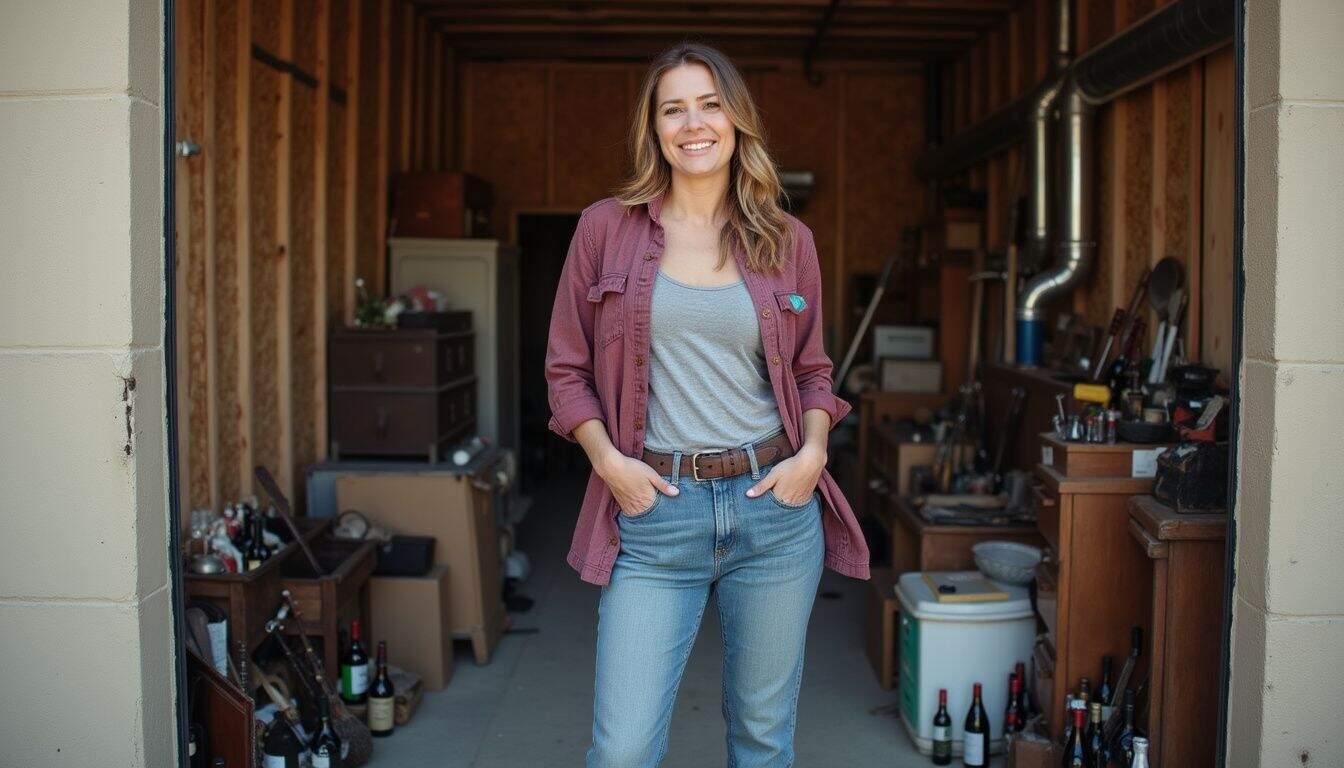
A climate control storage unit creates a stable environment inside each unit. Most facilities like U-Haul keep temperatures between 65°F and 85°F year-round. Extra Space Storage narrows that range even more, from 55° to 80°F. These systems block extreme heat and freezing cold that can destroy your belongings.
The technology involves more than just a thermostat. Indoor walls with strong insulation help manage air quality and reduce heat loss through metal roofs or steel frames. HVAC systems work with dehumidifiers to maintain the right conditions. Heaters kick in during winter, and air conditioning runs during summer.
Moisture control plays a huge role in these units. Too much humidity corrodes electronics. It makes wood furniture swell up. It leads to mold and mildew on fabrics. Air systems filter out dust while tight-sealing doors cut down on outside air getting in. Fiberglass insulation adds another protective layer against temperature swings in challenging climates.
Places with wild weather need this protection most. The East Coast, Colorado, and the Pacific Northwest all see fast weather changes.
The difference between heated storage and climate-controlled storage is simple: true climate control handles both temperature AND relative humidity.
Benefits of Climate-Controlled Storage Units

Climate-controlled storage units protect your belongings from wild seasonal changes. This type of self storage shields items from hot summers, freezing winters, and everything between.
How Does Climate Control Protect Against Extreme Temperatures?
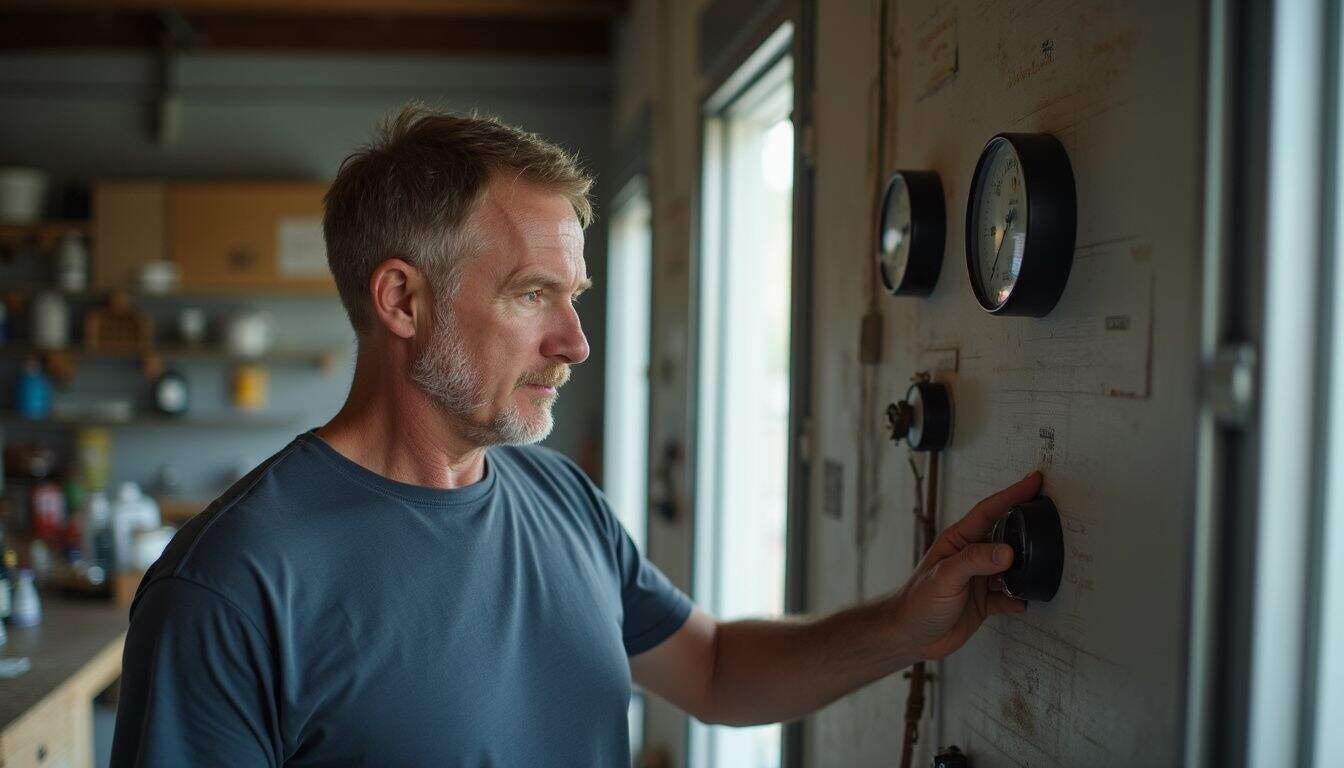
Climate control maintains storage units between 55°F and 85°F regardless of outside weather. Temperature-controlled storage prevents freezing air from damaging furniture, instruments, batteries, and electronics. Regular drive-up units can get 30 degrees hotter than outside temperatures without insulation or thermal barriers.
Heat damage happens fast. Adhesives on wood and plastic warp or crack when temperatures top 90°F in summer. Winter cold makes materials brittle and prone to breaking. Texas and Florida see these wild seasonal changes that can ruin collectibles overnight.
Storage buildings with better insulation hold steady during extreme swings. The right system stops harsh heat from melting plastics. Heated panels block damage from icy wind in cold storage spaces. Wine stays perfect for long-term storage at stable temperatures. Quick temperature spikes ruin the taste faster than most people realize. Buildings need proper insulation values to protect everything year-round.
Why Is Moisture and Humidity Control Important?
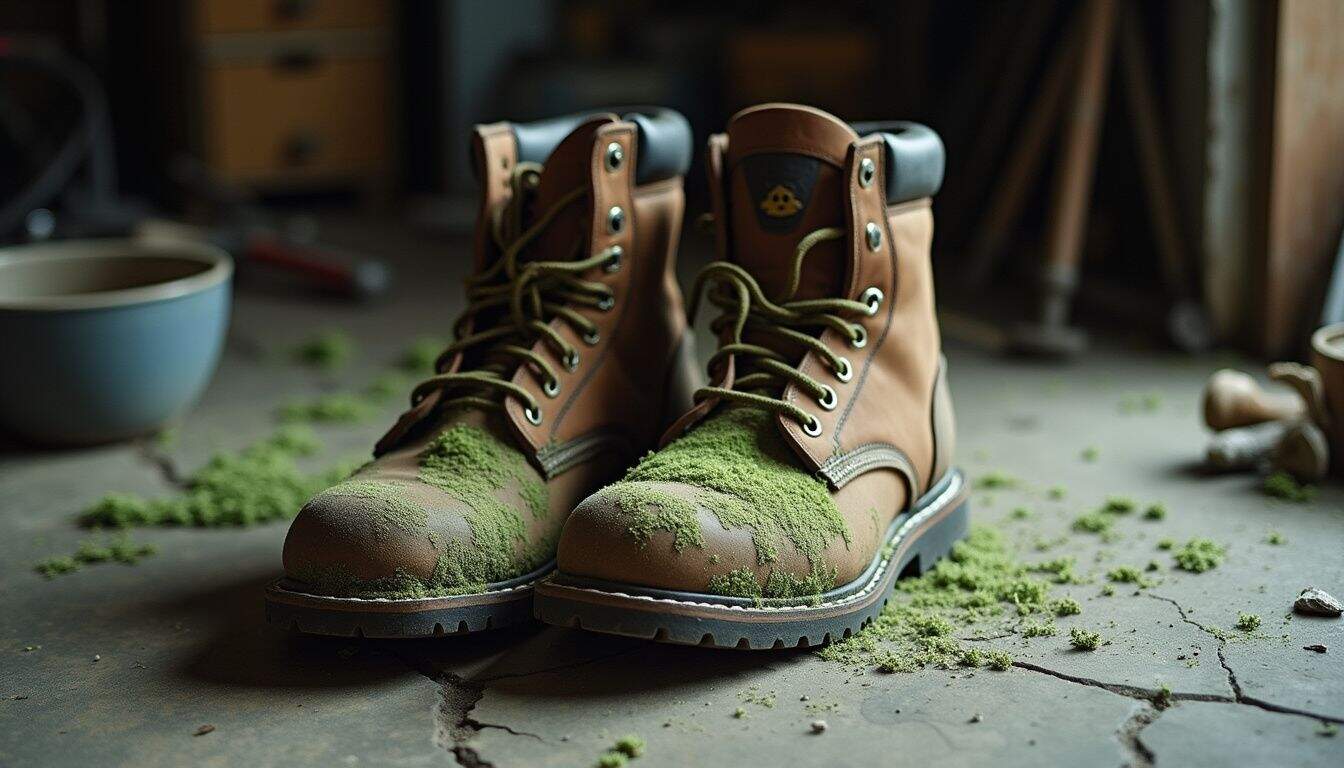
Mold grows fast on stored items. I left work boots in my garage once. Within two days, they had green fuzz all over them. Mold starts growing on paper, metal, or fabrics in just 24-48 hours when humidity runs wild.
The cost of cleaning mold sits between $10 and $25 for each square foot. That adds up quick. Air-conditioned storage spaces keep moisture levels at about 50-55 percent. Outside humidity in Houston or Miami hits 74 to 75 percent regularly.
Moisture ruins wine collections and warps wood furniture. It stains clothing and makes documents curl up like potato chips. Storage facilities use controlled air systems to guard against mildew odors. These odors stick to everything from sports jerseys to family photos. Anything above 65 percent humidity opens the door for damage you can’t fix.
Unchecked humidity will turn prized possessions into junk before you know it.
Climate control offers real peace of mind for anyone using a storage facility. Your valuables stay protected for the long term.
How Does Climate Control Help With Long-Term Preservation?

Climate control keeps your belongings safe for years. Steady temperature and humidity prevent wooden furniture and vintage wine from warping or cracking after 90 days in storage. I stored an old leather chair in a regular unit once. Three months later, it smelled awful and looked ten years older. That taught me a hard lesson.
Sealed climate-controlled units block moisture, dust, debris, and even some pests. Businesses use these spaces to protect documents and inventory from damage. Hot summers and freezing winters won’t touch their stuff. Photo albums keep their colors sharp instead of fading away. Clothing stays dry and fresh without collecting musty odors.
Electronics avoid corrosion in cool spaces with good lighting all year. This cuts down on repair costs over time. Guys with collectibles or family heirlooms to protect find this option extends the lifespan of their items. You save money by avoiding replacements every season. The controlled environment makes sure everything stays in the same condition you left it.
Can Climate Control Prevent Pest Damage?

Professionally sealed and insulated units keep rodents and bugs out. Clean, filtered air maintains low moisture so you avoid mold, mildew, and musty smells that attract pests. Consistent temperature plus controlled humidity makes it hard for critters to survive. They need extreme heat or damp places to thrive.
I stored a couch in a standard unit once. Next visit, mouse droppings were everywhere. After switching to climate-controlled storage, those problems disappeared completely. Sealed walls keep out pollen and dirt too. Your electronics stay safe from chewed wires.
Lower chances of infestations mean real peace of mind. Drive-up outdoor options can’t compete with this protection. Fewer rodents chew boxes or build nests near your belongings. You get actual results, not just empty promises about pest control. Now let’s look at which items need this protection most.
Items That Require Climate-Controlled Storage

Some items can’t handle heat, cold, or humidity swings. Think about wine storage needs or keeping baseball cards safe for years.
Why Store Furniture and Wooden Items in Climate-Controlled Units?
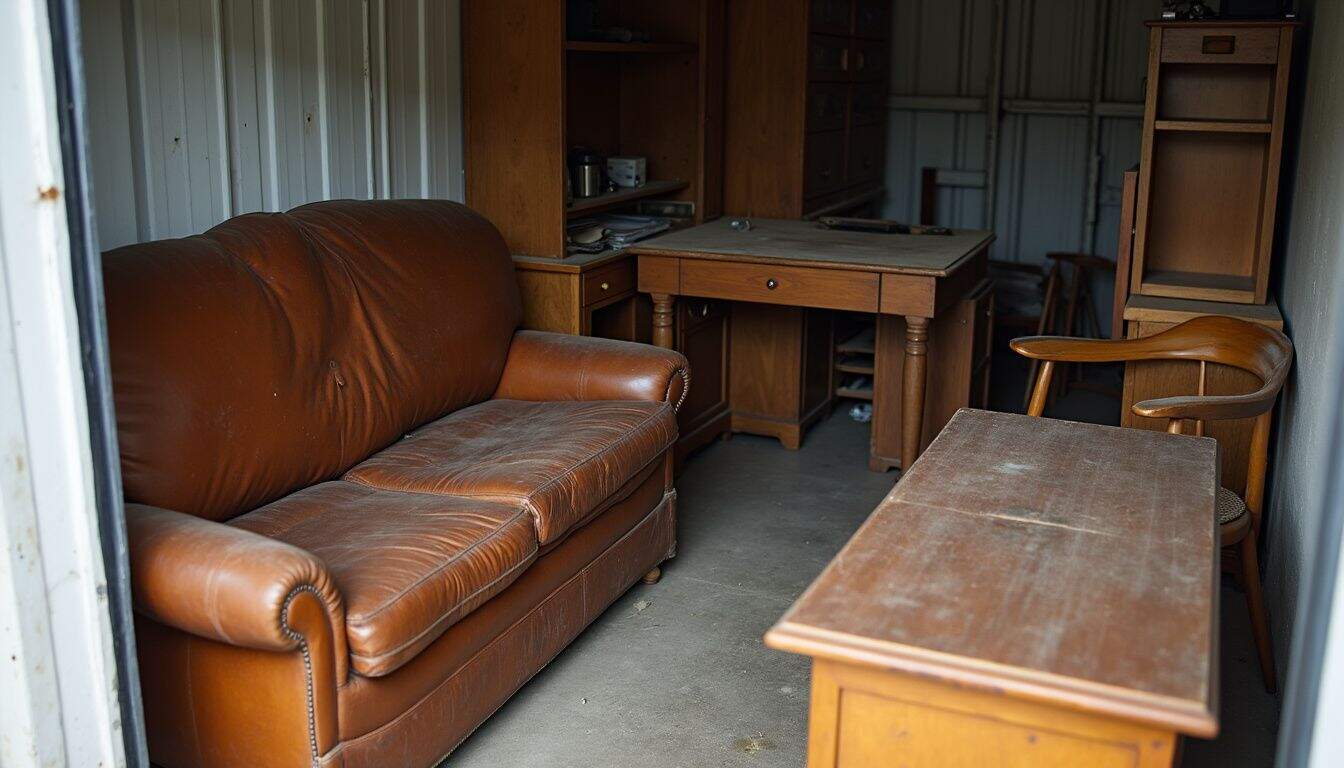
Wood furniture takes a beating from weather extremes. Freezing temperatures make wooden tables crack or warp. High humidity creates perfect conditions for mold growth. Mold can destroy a $1,800 leather sofa in less than a year. Basic drive-up storage units without insulation can’t protect against this damage.
Most guys prefer spending three hundred bucks yearly on climate control. That beats twelve hundred dollars replacing a queen mattress and box spring. Wooden antiques lose value quickly with temperature swings or moisture build-up. Humid air makes desk drawers swell until they barely open.
Controlling the environment stops musty smells and bug infestations before they start. “An ounce of prevention is worth a pound of cure,” as Ben Franklin said. This rings true when your favorite recliner is at risk. Climate-controlled storage keeps furniture ready for the next football Sunday. You won’t find nasty surprises from pests or mildew when you need your stuff again.
Should Electronics and Appliances Be Stored in Climate-Controlled Units?

Electronics hate temperature swings even more than furniture does. A 65-inch OLED TV costs about $1,400 to replace if ruined. Screens crack in extreme cold. Batteries die in heat. Rust forms on metal parts when moisture gets in. Vintage vinyl records can melt or warp in hot weather. Imagine losing a $900 collection over one summer.
Appliances suffer from the elements too. Heat or cold causes water lines to freeze inside your washer, fridge, or dishwasher. Mold grows in damp conditions. Humidity wrecks wiring faster than you’d expect. Short-term storage won’t always save you from this damage.
Climate-controlled units help you avoid costly repairs. They keep everything dry and steady throughout the year. This supports energy savings in the long run. Anyone who values their gear and wallet should consider this smart choice. Your electronics and appliances stay in working condition when you need them again.
What Important Documents and Photos Need Climate Control?

Paper and photos face unique storage challenges. Mold, mildew, and fading attack important documents in damp or hot conditions. A simple birth certificate or car title won’t survive humidity spikes. Old family snapshots warp and lose color without stable temperatures.
Photographs from birthdays and business archives need as much protection as electronics do. Paper collectibles store best at 50 to 55 percent humidity. Anything higher causes permanent damage that ruins memories forever. Restoration insurance gets expensive fast. Climate-controlled storage makes more sense than burning through cash fixing wrecked files later.
Banks use this approach for their records. Once something warps or grows mold, you usually can’t save it. Your family history and important paperwork deserve proper protection. The small extra cost beats losing irreplaceable documents and photos.
Is Climate-Controlled Storage Necessary for Clothing and Fabrics?

Hot summers and damp winters turn storage units into disaster zones for clothes. High humidity causes mold to bloom on your favorite jacket. Those rare Nikes you saved might get ruined too. Textiles with delicate details warp in hot temperatures. I pulled my old college letterman from storage once. After two seasons without climate control, it smelled like a gym locker.
Fabrics need stable temperature and moisture protection to stay fresh. Storing clothes long-term works best in climate-controlled units. Use sealed containers or zip bags for extra protection. Without proper safeguards, shirts and suits develop mildew stains that won’t wash out. Costumes and vintage clothing might fade or weaken over time.
Musty odors from poor ventilation stick around long after you bring boxes home. Clothing ranks among the top items damaged by improper storage each year. Standard outdoor lockers can’t protect against wild weather swings. Your wardrobe deserves better than that.
Factors to Consider Before Choosing Climate-Controlled Storage

Before you rent climate-controlled storage, think about costs, location, and how long you’ll need the space. These factors help you decide if it’s worth the extra money.
How Much Does a Climate-Controlled Unit Cost?

Climate-controlled storage units cost more than standard ones. In 2023, I paid $170 monthly for a 10×10 foot unit in Houston. My friend paid $660 for the same size in NYC. Across the country, these units run from $70 to $710 monthly. Location and size make a big difference. Move.org reports an average of about $190 per month nationwide.
Size affects your bill directly. A basic 5×5 foot climate space costs around $85 monthly. Double it to 5×10, and you’ll pay near $120. Bigger spaces like 10×20 hit close to $285 every month. Construction expenses raise prices too. HVAC systems and insulation add about fifteen percent per square foot compared to traditional setups.
Most guys pay between fifteen and thirty-five percent more for low humidity and temperature stability. The extra cost protects valuable items from damage. Think about what you’re storing and whether replacement costs would exceed the monthly difference. Now let’s examine how your local weather affects storage decisions.
How Does Your Location and Local Climate Affect Storage Needs?

Storage needs change based on where you live. Houston and Miami hit 75 percent humidity most months. Moisture sneaks in everywhere there. It warps wood, ruins paper, and invites mold quickly. Southern California sees heat waves that fry unprotected electronics. Phoenix bakes at over 90°F many days but only averages 36 percent humidity. Dry air can crack leather or damage musical instruments.
Northern states bring different challenges. Minnesota drops below freezing in winter. Your grandmother’s dresser might split without protection from temperature swings. Chicago deals with 70 percent humidity and icy winters. Both extremes test storage unit limits. East Coast cities like New York face sticky summers and brutal cold snaps. Temperature control matters a lot for valuables like photos or tax records there.
Many people I know regret choosing basic units after finding mildew on their stuff. Last January in Illinois showed us how crazy weather can get. Each region throws its own curveballs at stored items. Matching your unit type to your zip code prevents headaches later. Your location’s climate directly impacts what kind of protection you need.
How Long Will You Need to Store Your Items?
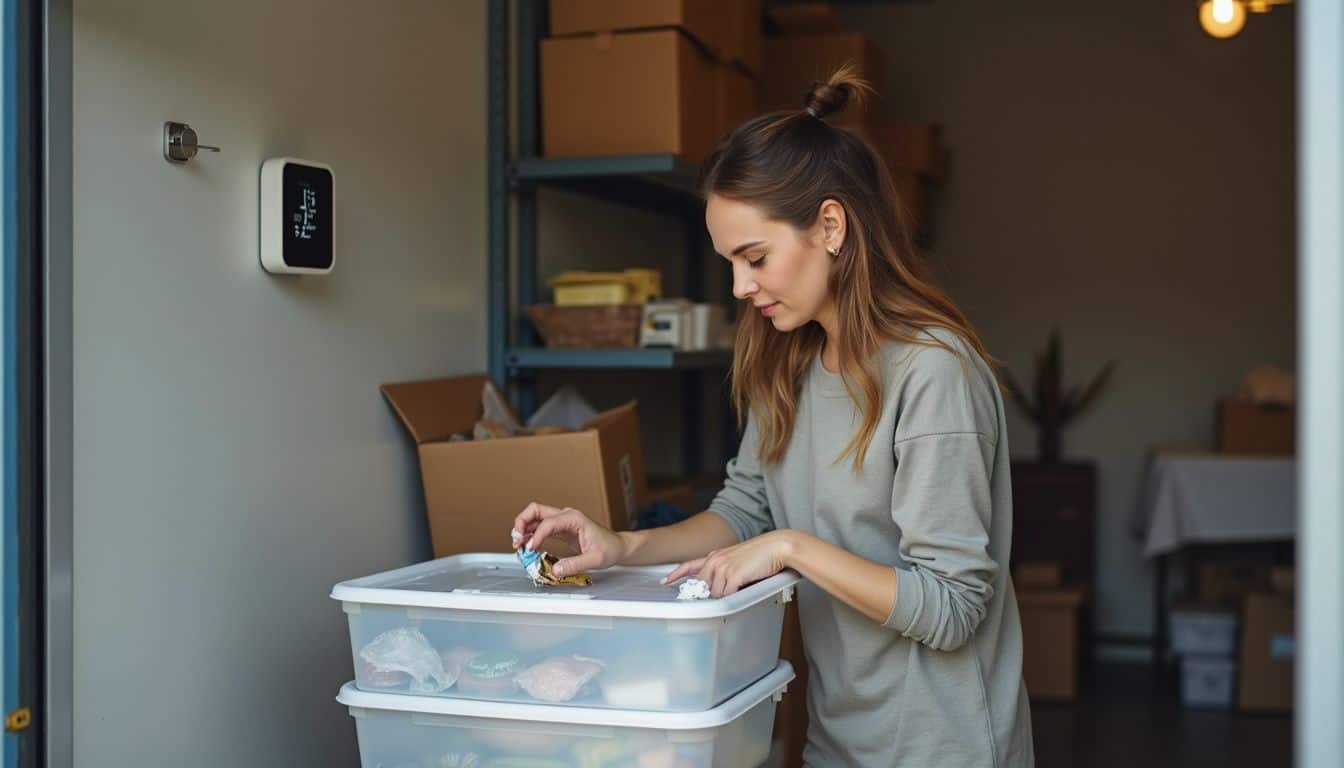
Storage time matters when choosing between standard and climate-controlled units. Anything over three months needs serious consideration for climate control. I learned this lesson with my comic book collection. After leaving them in a standard unit from May through August, Texas summer destroyed them. Pages warped and covers stuck together like someone spilled soda everywhere.
Temperature swings and humidity cause real damage after 90 days. Furniture cracks, leather peels, and electronics short out or gather moisture. Short-term storage under 90 days usually stays safe if you use tough containers. Tools and camping gear can handle brief stays in basic units.
Climate-controlled storage costs about 20 to 50% more monthly. But you get peace of mind for valuables during travel, moves, or while decluttering a messy house. For storage lasting more than one season, climate control protects investments better. Crossing your fingers and hoping for mild weather isn’t a storage strategy.
How Will Climate-Controlled Storage Change in 2025?

The storage industry keeps improving its climate control technology. By 2025, more builders will construct 100% climate-controlled, multi-story buildings. These facilities pack in features that cut energy costs and protect stored items better.
New buildings use white metal roofs, tinted windows, and LED lights. Thermal breaks reduce energy waste. Insulation standards keep climbing higher. Experts now recommend at least six inches of fiberglass (R19) for roofs and walls. The roof pitch even affects insulation decisions now.
Modern split-system HVACs work with dehumidifiers to maintain dry air year-round. Some designers replace outside air intakes with ionizers. These devices zap moisture without letting in weather or bugs. A two-and-a-half-acre project can cost $8 to $10 million including land and labor. But better R-values slash monthly bills and boost resale value later.
Builders like Forge Building Company offer more affordable design-build options now. Guys who want extra peace of mind for their gear can find it without breaking the bank. The future of storage focuses on better protection and lower operating costs for everyone.
People Also Ask
What is a climate controlled storage unit and why might I need one?
A climate controlled storage unit keeps your items at steady temperatures and humidity levels. If you have things like wooden furniture, electronics, or old photos, this type of space can help prevent warping, mold, or fading.
Are climate controlled units worth the extra cost?
If you’re storing valuables that could get ruined by heat or dampness, paying more for a stable environment makes sense. Think about it as insurance for your stuff; sometimes peace of mind is priceless.
Which items benefit most from climate control in storage?
Musical instruments, artwork, leather goods, and important documents all do better with protection from temperature swings and moisture. Even grandma’s quilt will thank you later.
Can I skip climate control if my area has mild weather?
Mild weather helps but doesn’t guarantee safety year-round; sudden changes still happen. Basements flood and attics bake even on calm days so consider what matters to you before making the call.

